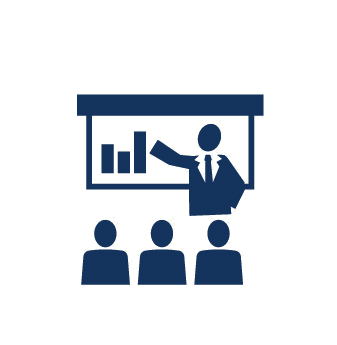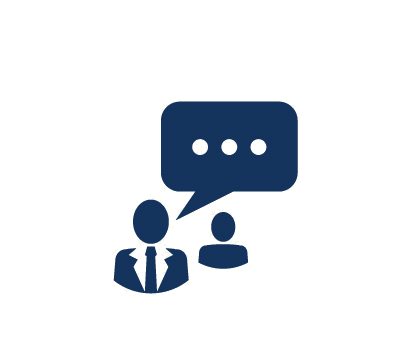Duration: 4 Days
TOGAF, an Open Group standard, is a proven enterprise architecture
methodology and framework used by the world's leading organizations to improve
business efficiency. TOGAF helps practitioners avoid being locked into
proprietary methods, utilize resources more efficiently and effectively, and
realize a greater return on investment. TOGAF is an industry-standard
architecture framework that may be used freely by your organization to develop
an information systems architecture.
In this course, you will gain the knowledge needed to prepare for and achieve
both TOGAF 9.1 Level 1 certification, known as TOGAF 9.1 Foundation, and TOGAF
Level 2 certification, known as TOGAF 9.1 Certified. You will learn the
technology, structure, and concepts of TOGAF 9.1. In addition to gaining the
knowledge and comprehension of TOGAF 9.1, you will learn to analyze and apply
this knowledge.
Certification Exam:
During the course, you will receive a voucher allowing you to schedule the
TOGAF 9.1 Level 1 and Level 2 certification exam. You will schedule the exams
through a Prometric Test Center of your choice. The TOGAF 9.1 Level 1
certification exam is a 60-minute closed book exam. The TOGAF Level 2
certification exam is a 90-minute open book exam. You must pass the exams to
achieve certification.
Certification:
Togaf 9 Certification
What You Will Learn
- Architecture Development Method (ADM) phases in the development of an
enterprise architecture
-
Architecture Governance in development of an enterprise architecture
-
TOGAF Architecture Content Framework
-
Building Blocks concept
-
Stakeholder Management Technique
-
TOGAF Content Metamodel
-
TOGAF recommended techniques when developing an enterprise architecture
-
TOGAF Technical Reference Model and how to customize it to meet an
organization's needs
-
Integrated Information Infrastructure Reference Model
-
Key deliverables of the ADM cycle
-
Partition an enterprise architecture to meet the specific needs of an
organization
-
Architecture Repository
-
Apply iteration and different levels of architecture with the ADM
-
Adapt the ADM for security
-
SOA as a style of architecture
-
Architecture maturity models in developing an enterprise architecture
-
Architecture Skills Framework and how to apply it within an organization
Audience
-
Individuals who require a deeper understanding of TOGAF 9.1
-
Professionals who are working in an organization where TOGAF 9.1 has been
adopted
-
Architects who will be responsible for developing architecture artifacts
-
Architects who wish to introduce TOGAF 9.1 into an architecture practice
and who want to achieve a recognized qualification to demonstrate their detailed
knowledge of TOGAF 9.1
Prerequistes
Course Outline
1. Management
2. The TOGAF 9 Components
3. Architecture Development Method
4. The Enterprise Continuum
5. The Architecture Repository
6. The Architecture Content Framework
7. The Architecture Content Metamodel
8. The Preliminary Phase
9. Architecture Governance
10. Business Scenarios
11. Stakeholder Management
12. Architecture Views and Viewpoints
13. Building Blocks and the ADM
14. Architecture Implementation Support Techniques
15. Phase A: Architecture Vision
16. Phase B: Business Architecture
Catalogs, Diagrams, and Matrices
17. Phase C: Information Systems Architectures
-
Data Architecture
- Catalogs, Matrices, and Diagrams
-
Applications Architecture
- Catalogs, Matrices, and Diagrams
18. The Integrated Information Infrastructure Reference Model
19. Foundation Architecture
20. Phase D: Technology Architecture
-
Catalogs, Matrices and Diagrams
21. Migration Planning Techniques
22. Phase E: Opportunities and Solutions
23. Phase F: Migration Planning
24. Phase G: Implementation Governance
25. Phase H: Architecture Change Management
26. ADM Requirements Management
27. Architecture Partitioning
28. Guidelines for Adapting the ADM:
-
Iteration and Levels
-
Security
-
SOA
29. Architecture Maturity Models
30. Architecture Skills Framework
31. Case study
32. Exercise
Course Labs


